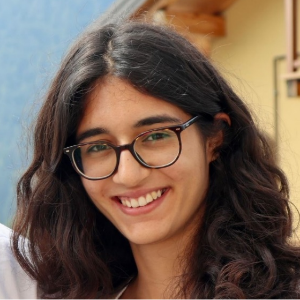Title : The status of the Eurasian hoopoe (Upupa epops) in Lebanon and its effect on the pine processionary caterpillar infestations
Abstract:
The Pine Processionary Moth (PPM) (Thaumetopoea wilkinsoni) has long been attacking Mediterranean Pine forests. In its management strategy, Lebanon has focused mainly on pesticides, leaving natural predators as an understudied control option. Moreover, there is an inherited lack of accurate forest inventory, biological diversity assessment and a broad gap when it comes to avifauna and its link as a natural control of forest pests and widespread defoliators. This study aims to understand the distribution and status of the Eurasian Hoopoe (Upupa epops), by assessing the damage caused by the PPM with an arbitrary continuous index ranging from 0 (no damage at all) to 1 (all the trees are severely damaged). We attempted to explain the distribution of the two species, their relation to other factors and, with a Citizen Science (CS) approach, we developed their distribution maps covering the years 2017 to 2022. Data were collected from various sources: 1) a Google Form shared nationally among individuals, groups, NGOs, pages, ministries and more; 2) Passive data collected from Facebook groups and individual posts; 3) Personal communication with key people, namely hunters, bird-watchers, photographers, hikers, and scientists; and 4) eBird, an online database programme, where users contribute to science by entering accurate data about their bird observations. After filtering the data to keep only the ones that behold complete information, a unified database was developed. The latter was used to create distribution maps on ArcMap and conduct an independent samples t-test comparing the varying PPM damage per Cazas, between two groups (within or outside IBA). We found that the varying PPM damage between cadastral units was linked to Important Bird Areas (IBAs), as the PPM damage was higher in areas with less birds and lower in IBAs. This finding highlights the importance of multiple birds, including the Eurasian Hoopoe, as natural predators of this pest and calling for their conservation. As understudied species in Lebanon, this paper sets the path and offers guidelines for future researchers willing to work on similar crucial research in a climate change context and reveal the underlying relation between the two species.
Audience Take Away Notes:
- Gain insights on the role of birds as natural predators of forest pests
- Learn how to replicate study in a similar context and reach more significant results
- Benefit from policy recommendations to build on and push for reforms
- Build on findings to guide the development of management plans



